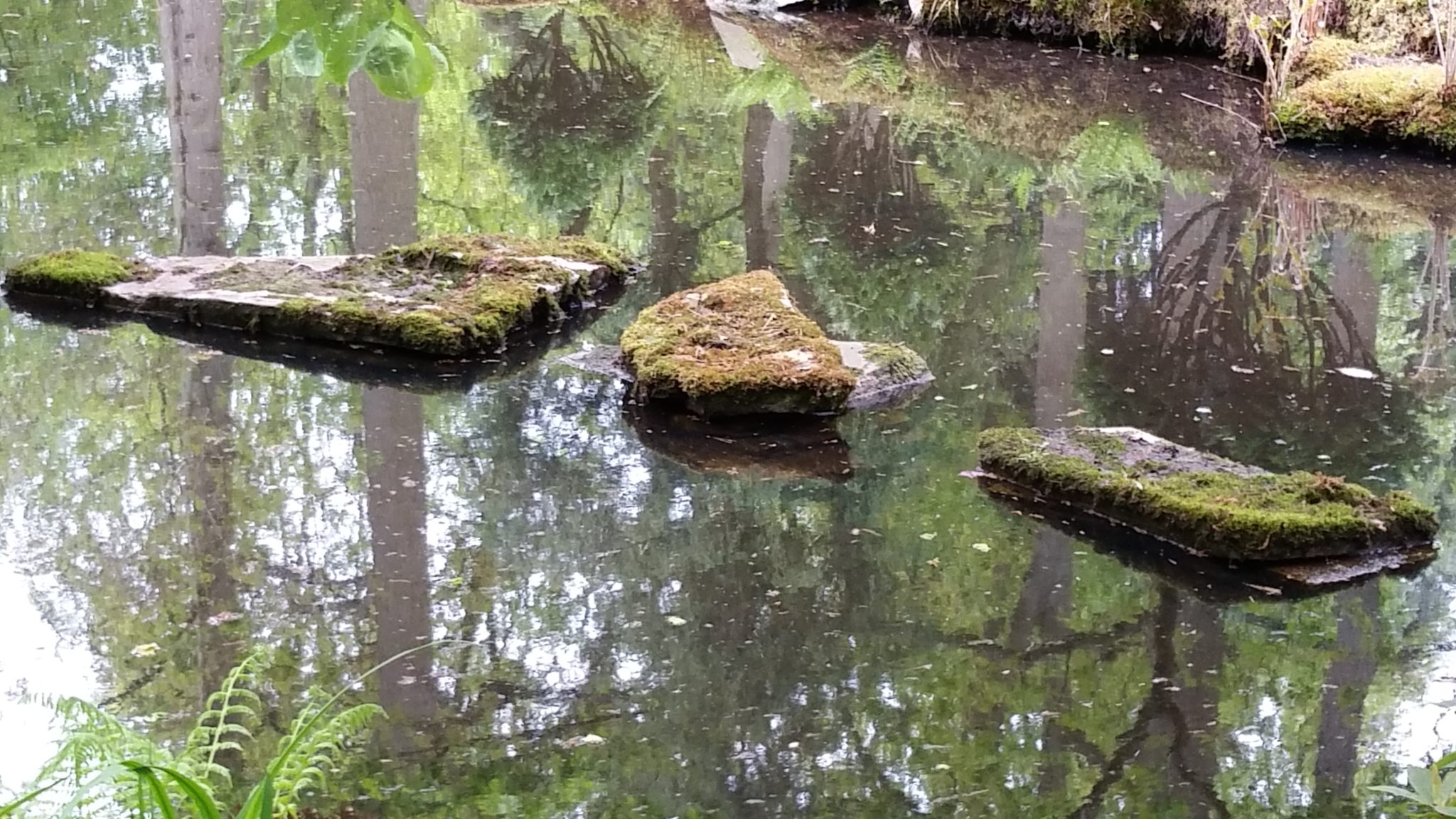In the second year [of the Exodus], on the 20th of the second month, the cloud rose from the Tabernacle of Testimony. The Israelites thus began their travels, [moving on] from the Sinai Desert [until] the cloud came to rest in the Paran Desert. This was the first journey at G-d’s word through Moses (this week’s Torah portion – 10:11-14)
Thus began the 13th of the 42 journeys through the wilderness. After the Jewish people camped at Sinai on the first of Sivan 2448, they remained there for close to a year (exactly 10 days less than 12 months), until the 20th of Iyar 2449, when the cloud rose, signifying the time to move on.
After the Torah elaborates on the events that transpired from the time the Jews arrived at Sinai on the first of Sivan 2448 (in the chapter Yisro in the book of Exodus), through the building and erection of the Temple on the first of Nissan 2449 (the latter chapters of Exodus), through the entire book of Leviticus and the first two and a half chapters of Numbers, the Torah resumes the story and begins to relate the series of journeys traveled by the Jewish people in the wilderness. The rising of the cloud in this week’s portion is essentially continuing the story where it was left off at the end of Exodus, when the cloud first descended on the Tabernacle.
As we now begin to read the story of the long and tedious journey, we bring you the first installment of a new series from Rabbi Jacobson, that outlines the psycho-spiritual 42 journeys that each of us go through in our own lives.
The Baal Shem Tov teaches that the forty-two journeys in the wilderness – from Egypt to Israel – reflect the forty-two journeys or phases that each person experiences throughout life. “These are the journeys of the Israelites, who had left Egypt” on the way to the Promised Land: All the 42 journeys are about freeing ourselves and transcending the constraints and limitations (Mitzrayim) of our material existence which conceals the Divine, subduing and sublimating the harsh “wilderness” of selfish existence, and discovering the “Promised Land” – a life of harmony between body and soul.
Just as the first journey was the exodus out of Egypt (Mitzrayim), each of us begins our life journey with birth – the liberation of the fetus from the confines of the womb, where it can develop and become an independent force that has the power to transform the world. The final journey brings us to the threshold of the total transformation of the universe into a holy and “Promised Land.”
Some of these journeys are pleasant, others very demanding. Some carry us others challenge us. Many of our journeys may even have been setbacks, we may have made mistakes and wrong choices – just as the Jewish people did in some of their 42 journeys – but they too are part of our life’s odyssey, and they too can be redeemed.
“Moses recorded their stops along the way at G-d’s command” to help us identify these junctures in our own lives. By understanding the meaning of these 42 journeys we can learn demystify many of our unresolved or strange experiences (why did I have to go through so and so?) and discover the deeper patterns of our own lives. We can actually identify these 42 stages in our life’s voyage – 42 rites of passage – that encompass all the legs, the ups and downs, twists and turns, dips and curves of our life.
Above all, these 42 journeys allow us to align our lives to the compass a higher rhythm, as defined by the 42 journeys in the Torah, and actually create a strategy that rides and taps into these rhythms.
Thus, whether it was for two days, a month, or a full year, no matter how long the cloud remained at rest over the Tabernacle the Israelites would remain in one place and not move on. Then, when the cloud rose, they would continue on their travels. They thus camped at G-d’s word and moved on at God’s word, keeping their trust in G-d. [It was all done] according to G-d’s word through Moses – this week’s Torah portion (9:22-23)
The secret of knowing when to travel and when to rest, when to make a move, when to stay put, is related in this Torah portion: The journeys through the wilderness were aligned with the Divine will – whether it was for a few hours or for many years – the Jewish people would only move when the Divine cloud would lift from the Sanctuary Tabernacle.
We too can learn to synchronize our life journeys to the Divine coordinates that “lead the footsteps of man.” Imagine having an inner compass that senses life’s internal tempo, being able to pace your outer movements by your inner rhythms.
This series will map out each of the 42 journeys, in terms that hopefully can help each of us apply and customize their relevance to our personal lives. (This is but one of many different possible applications of the 42 journeys). We welcome your feedback and thoughts. (1)
Journey 1: Ramses, Egypt
The first leg of our life journey is our birth, and it spells out the purpose of the entire voyage: Freeing ourselves of the constraints of the womb and of all our material boundaries (Mitzrayim).
At birth we come also armed with the strength and tools to overcome all our future challenges (we emerge triumphant “before the eyes of mitzrayim”), but we will need to be trained and educated to realize our potential.
Birth is thus a joyous occasion, coupled with the anticipation how we will do on our long journey ahead. This is also alluded to in the word “Ramses,” which was the “best of the land” (Genesis 47:11).
Journey 2: Ramses to Sukkot
Sukkot means shelters, referring to the “clouds of glory” that sheltered and protected the people as they began their journey. On a personal level it refers to the shelters that (healthy) parents provide children in early age. Thus from Ramses (birth) we enter into the shelters of our nurturing homes and secure environments.
Surrounded within the “clouds” of a comfortable home cultivates a child’s self-confidence and helps him/her develop self-esteem to take on the challenges of the life journeys ahead outside the “clouds”.
Journey 3: Sukkot to Etham at the edge of the desert
Etam, in ancient Egyptian, means “seashore.” Some identify Etham with the Egyptian Chetem, which denotes a fortress. After early childhood, when we are completely dependent on parents for sustenance and protection, we begin to emerge from the “fortress” as we start to develop a sense of independence. This stage is comparable to a “seashore,” a boundary between exploring the new world around us and scurrying back for approval and guidance from our parents. At this phase in our lives we are not yet quite thrown into the desert, yet we are its edge, as we become acquainted with an alien and insensitive world.
Journey 4: Etham to Pi-HaCheirus (Freedom Valley or Mouth of the River), facing Baal Tzefon (Lord-of-the-North), camping near Migdal (tower)
This location was named Pi-HaCheirus since it was here that the Jewish people became free people (cheirus means freedom in Hebrew) (Mechilta, Rashi Exodus 14:2). Baal Tzefon was an Egyptian deity.
In the next leg of our life journey, as we lose our childhood innocence and mature into adults, we begin to take on complex and paradoxical features: On one hand, we become free – independent adults, able to make rational decisions, driven not by childhood emotions but by sober reflection. But on the other hand, our newfound freedom also faces a looming “idol” in the north: we begin to be tempted by worship of false gods – self-worship, worship of money, power or other man-made deities.
As we grow through our development –this may be the essential goal of all education – we will have the option to become a towering force for good or a tower of vanity in our own eyes.
Journey 5: They left Freedom Valley and crossed the Red Sea toward the desert. They then traveled for three days in the Etham Desert and camped in Marah
The final stage of human maturation – as we move from our teenage years into full adulthood – is completely crossing over from the pure, inner world of “water” into the dry, arid world of the desert. Indeed, Moses had to coerce the Jews to away from the Red Sea out into the Shur Desert, where they traveled three days without finding water (Exodus 15:22). They didn’t want to leave the insulated “cocoon” of the Red Sea only to be thrown into a harsh and hostile desert, one that leads us into a state of bitterness (Marah). Yet, leave we must. This is the purpose of our existence: To transform the wilderness into a Divine sea (Ohr HaTorah Massei p. 1383).
To be continued.
——-
(1) Some of our readers may be familiar with The Spiritual Guide to Counting the Omer, which lays out the 49 steps of personal refinement, each of the forty-nine days between Passover and Shavuot offering us an opportunity to examine and perfect another one of our 7×7 (49) emotional faculties. Interestingly, this correlates with the forty-two journeys, which correspond to the same emotional faculties, except that the journeys, which are a process of elevating the “wilderness,” we count only 7×6 (42) emotional faculties (not including malchut). The Omer counting, by contrast, is a process of drawing down and revealing the Divine, which is the role of the seventh faculty, malchut (Likkutei Torah Massei 89d. 92a).








WOW! Thank you for the beautiful message. Completely relevant, inspiring, and meaningful!
Enjoy the transformative journeys,
Rivka
What struck me about the seemingly arbitrary spasms of movement, and rest, of the Israelites is that they were being trained for living life. Life comes at you in undulating rhythms of activity and relaxation. The important thing is to always be alert, even when resting. Its a training, and eventually becomes second nature.
One has to be available in the moment for whatever arises. This seems paradoxical, especially when one contemplates being at rest. But it is necessary if one is to survive in a hostile and turbulent world.
The Torah is a training manual for us to forever be mindful for small or large events and opportunities. While ascribing meaning to each stage and movement is an interesting pursuit, the very exercise of being appropriately available is in itself the payoff.
You are indeed a gifted teacher, Simon Jacobson.
Few can express their souls to others, where when they speak or write they touch so many multi-dimensional levels of the human heart.
With all my heart…thank you.
Shabbat Shalom,
Bracha
magical – to be able to translate those 42 mysterious jhourneys into something real.G-d bless you Rabbi for illuminating our lives with the wisdom of Chassidut and the Rebbe
Why do we see Red Sea & not Reed Sea as the English translation?
Blessings and high esteem Rabbi…I say ” bring it on”..,.you have opened a world for me ,just in your introduction ..and thank you..am looking forward to reading and feeling more…onward bound…Amo.
Beautiful teaching. We want more